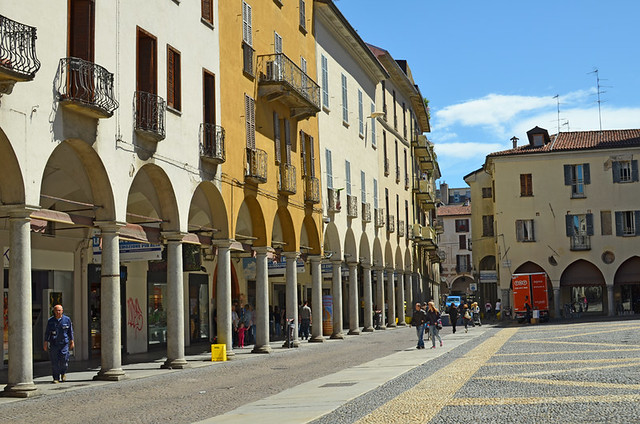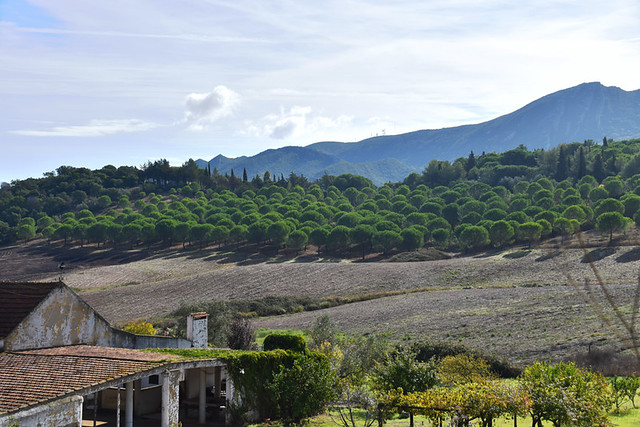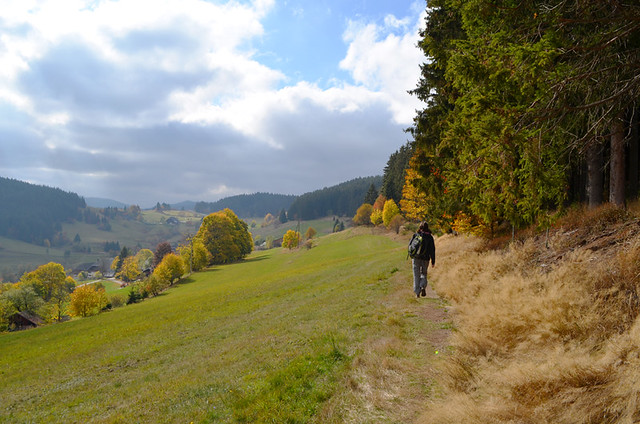We love Europe. We adore the variations in architecture from one country to the next, the traditions, the personalities of the people, the food… the list rambles on and on. For such a relatively small geographical area the diversity is staggering and often surprising. Even our history which bonds us in some ways, defines us differently in so many others.
These differences vary not only from country to country but from area to area. Sometimes we can sail close to geekiness when it comes to spotting the more subtle differences – noticing how tiles in rural parts of one Canary Island are different from those on others. Mostly we don’t share this sort of pondering, unless anyone is seeking a sure-fire cure for insomnia. But what makes a location stand out from another is something we are always on the lookout for on our wanderings. The most obvious contrasts tend to involve historic buildings. We marvel at how strolling along an old street in, say, Dinan in Brittany is world’s apart from exploring a similar historic artery in Novara in Piedmont (you can replace these with any two historic centres in different countries).

But something occurred to me the other day as we stood on a ridge overlooking a valley in Arrabida, Portugal. Whenever I hear the name of a specific area the image which pops into my head usually isn’t one of just bricks and mortar, it’s often a countryside scene; one which consists of a blend of features I associate with walking there.
This is what I mean.

Stone pines of Setubal
Initially it was the cork forests with their gnarled, bloodied trunks and branches like finger-less gloves which formed the image in my mind’s eye of what walking in Portugal looked like. However, over the course of a year an a half they’ve been nudged out of the way by elegant stone pines with their neat and vibrant green umbrella-shaped canopies. It was whilst standing overlooking a valley of these sculpted beauties in Arrabida Natural Park that I realised these more than cork oak typified the natural characteristics of this part of Portugal for me.

Lavender and sunflowers of Provence
Provence is gently undulating rows of lavender in bloom stretching to honey-coloured villages. Or it might be fields filled with the wide, open faces of smiling sunflowers – maybe that sounds overly romanticised. But that’s what Provence looks like, as meanderings there have shown us. We’ve never timed it to see those lavender fields at their explosive and aromatic best though.

Olives and cypress trees in Greece
Mention Greece and instantly the scene which forms features scrubby hills with low-lying shrubs descending to a valley where slim cypress trees tower above silver olive groves. When I imagine this I can almost smell the heady combination of orange blossom and honeysuckle as well. Beyond the olive groves a turquoise Aegean sparkles invitingly.

Untamed Scotland
James Bond got it spot on. In one scene in Skyfall, Bond and M gaze over a misty Highland glen where a raucous stream looks heart-stopping cold but pure enough to sate a drouth and the moody, bracken-covered landscape ahead threatening. It’s scene which taunts ‘come and have a go if you think you’re hard enough.’ It typifies the Highlands. It’s bleak in the extreme but also compellingly beautiful.

Pastures and peaks in Austria
Scenes of Salzkammergut in Austria should jar. The contrast between ridiculously pristine pastures populated by cow-bell wearing bovines, and the towering granite peaks which border these neat meadows could be too much. But it works, illustrating how nature and human intervention may bring their wildly different take to the one landscape and it all gels together in rather splendid fashion.

Grimm Germany
There are parts of Germany which mirror the description for Austria. But the Germanic rural scene which emerges from the mists of my mind involves the dense, impenetrable forests of Der Schwarzwald – the lair of fairy tale characters, and woodcutters whose lakeside huts with smoke billowing from their chimneys are surrounded by trees wearing autumn coats of many colours.

La Gomera at the crossroads
Lying at the fringes of Europe, the Canary Islands were once a bustling crossroads between the old world and the new. Subsequently, historic buildings on the islands reflect a multi-European mish-mash of styles. This melange stretches to the islands’ natural attributes which can make it difficult to define an umbrella look that applies to all of them. However, it’s the deep verdant ravines of the western Canaries which characterise the countryside for me. It is these hard lands which post-conquest settlers had to tame and where traditions were forged. If any one scene captured this pioneering picture it might be from above Vallehermoso on La Gomera. Arid, stepped slopes similar to those found in not-so-far-away Morocco merge with damp and dank rainforest, whilst sub-tropical plants thrive in the narrow valleys snaking between these hills.
My French is way below schoolboy level, but it is a phrase from that poetic language which invariably pops into my head whenever it comes to Europe and the variations between countries, be them natural or human-made.
It is simply this – Vive la différence.




Be the first to comment